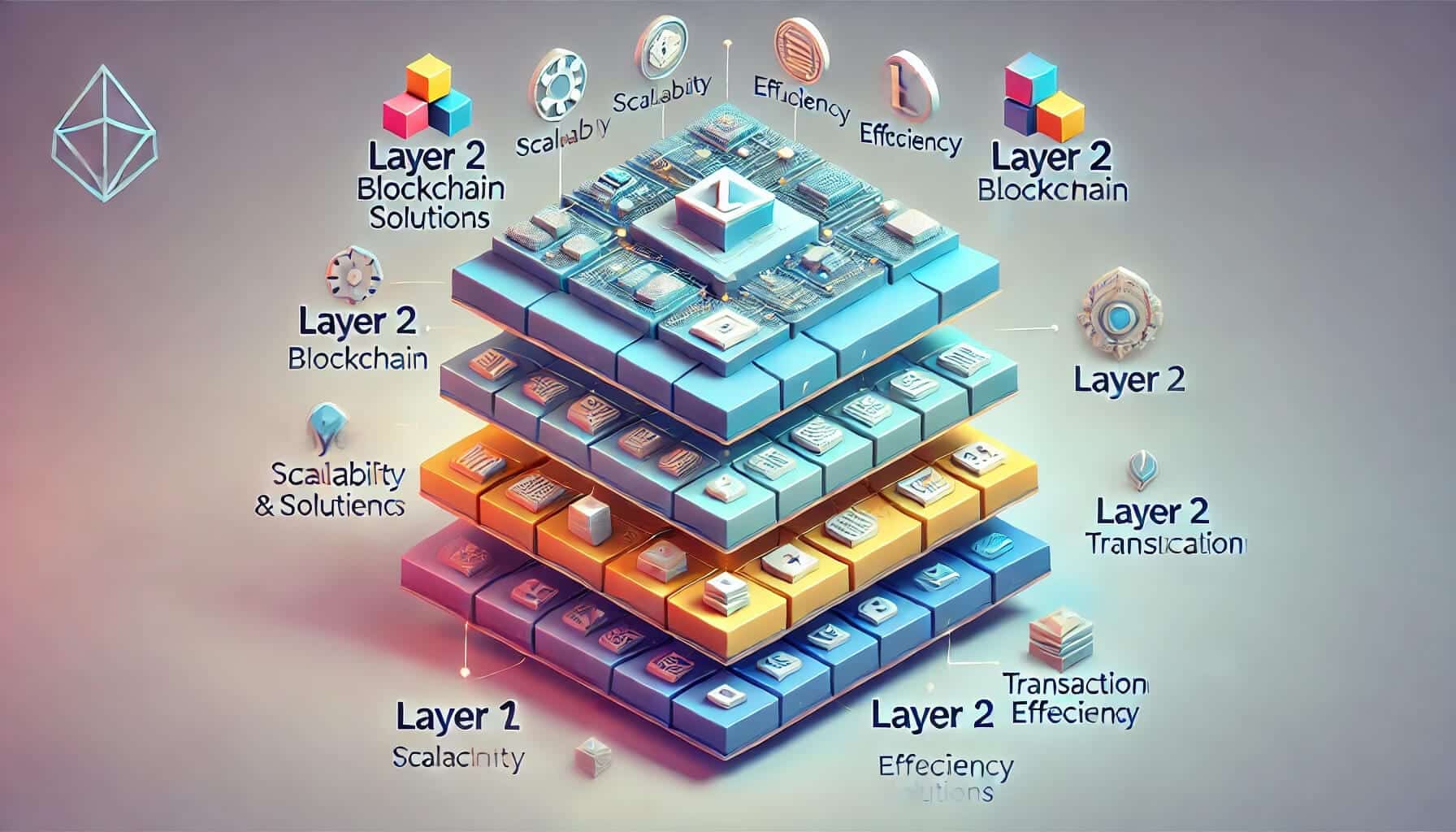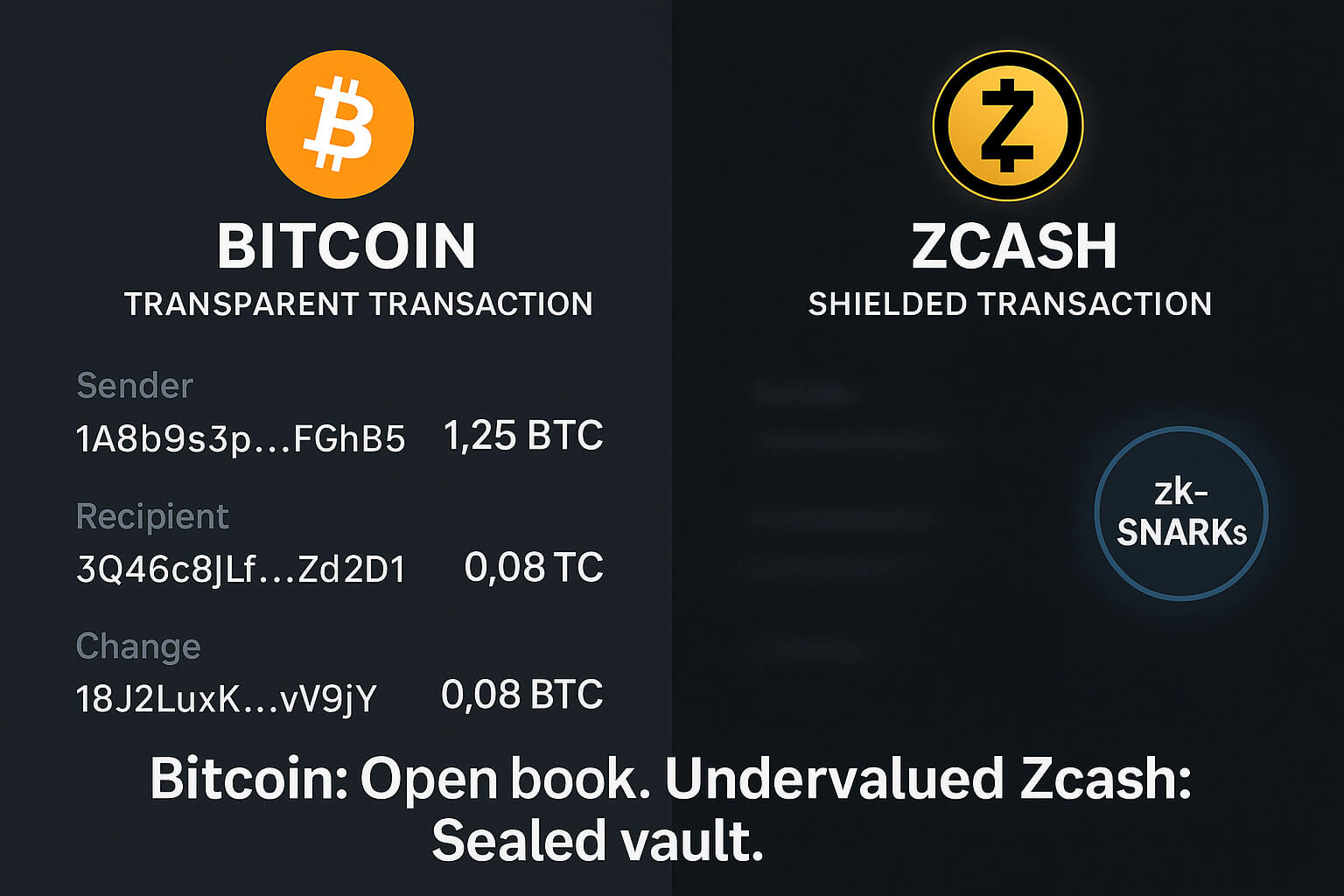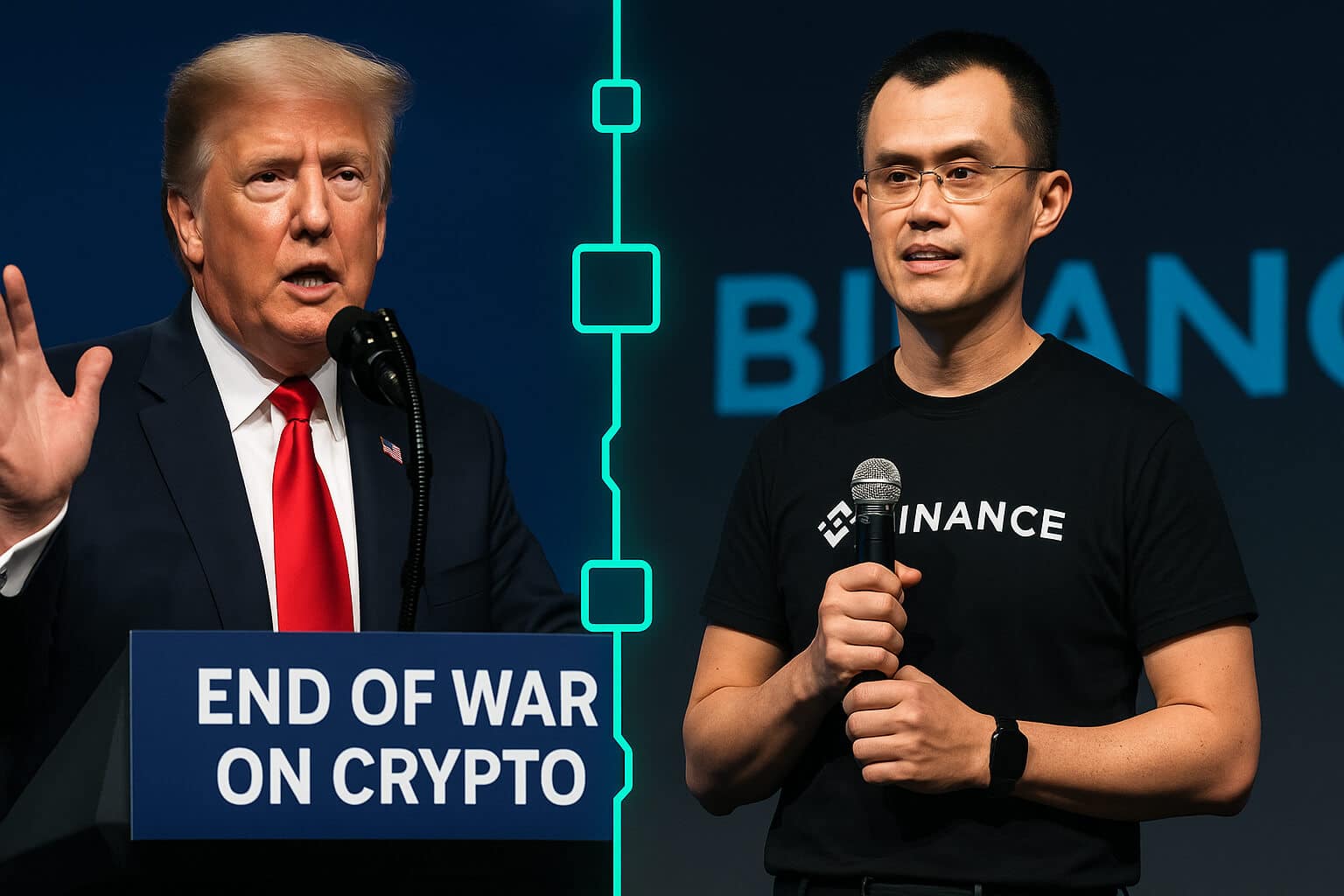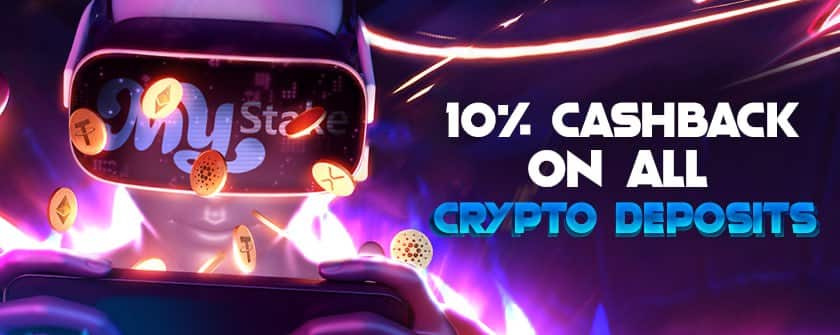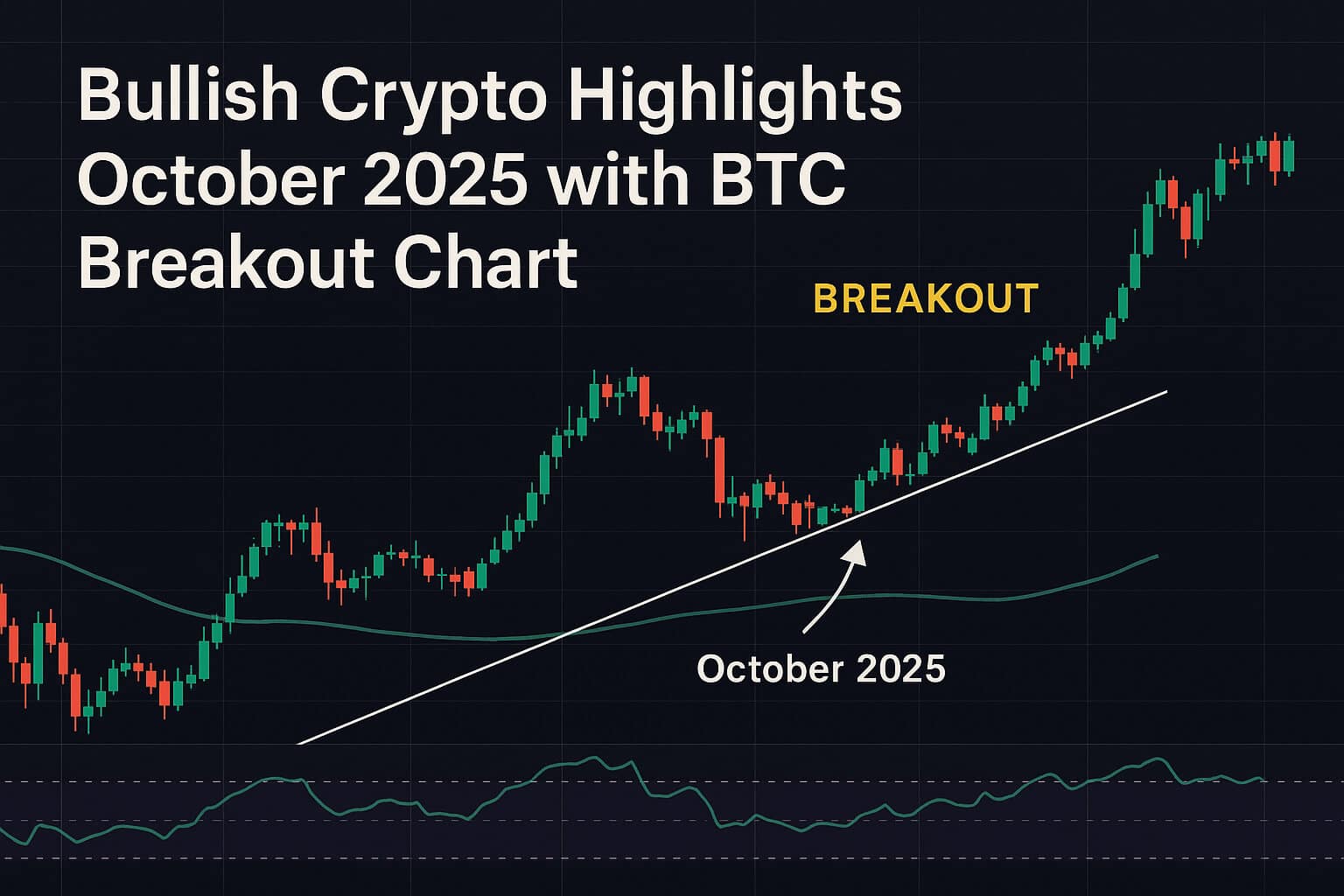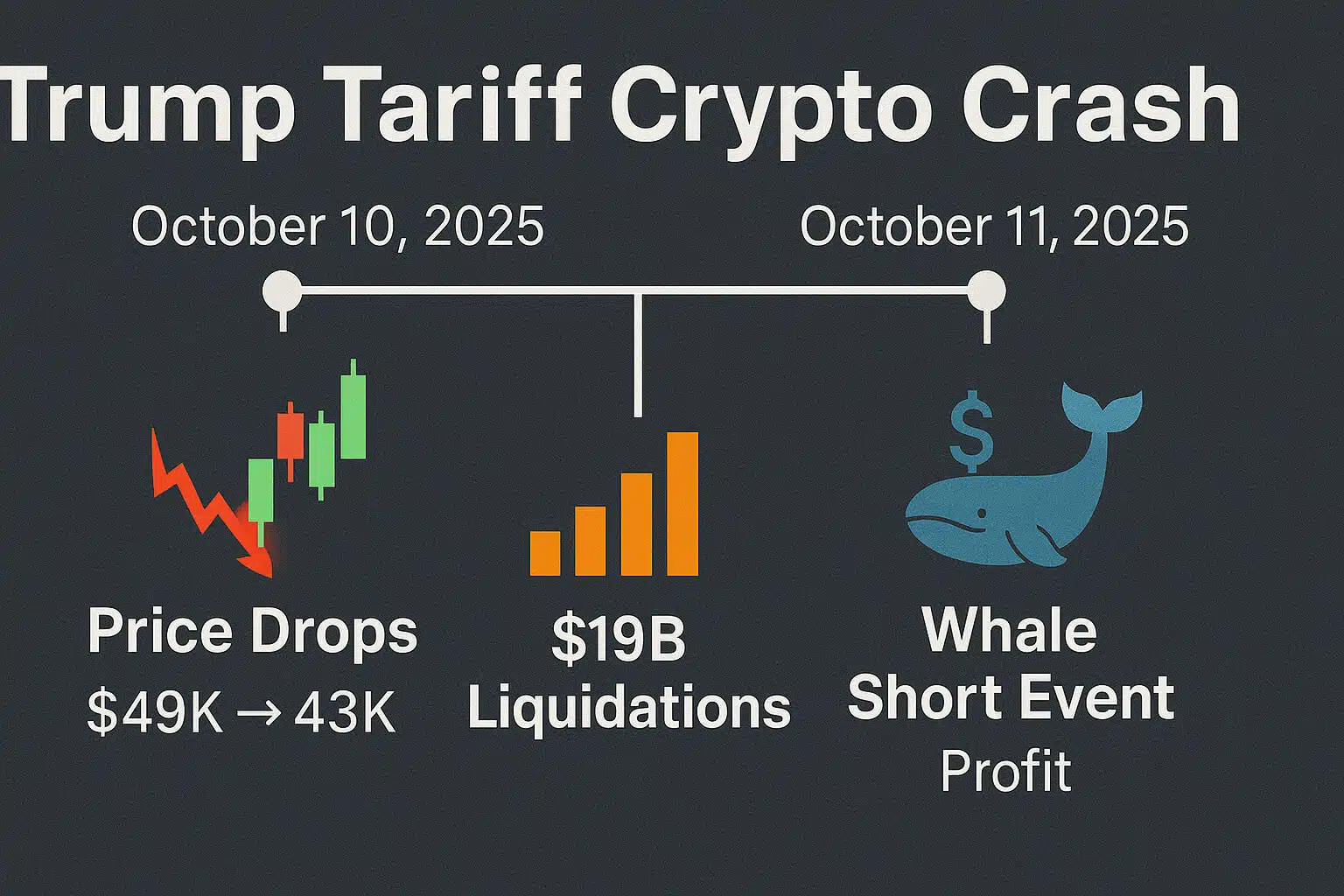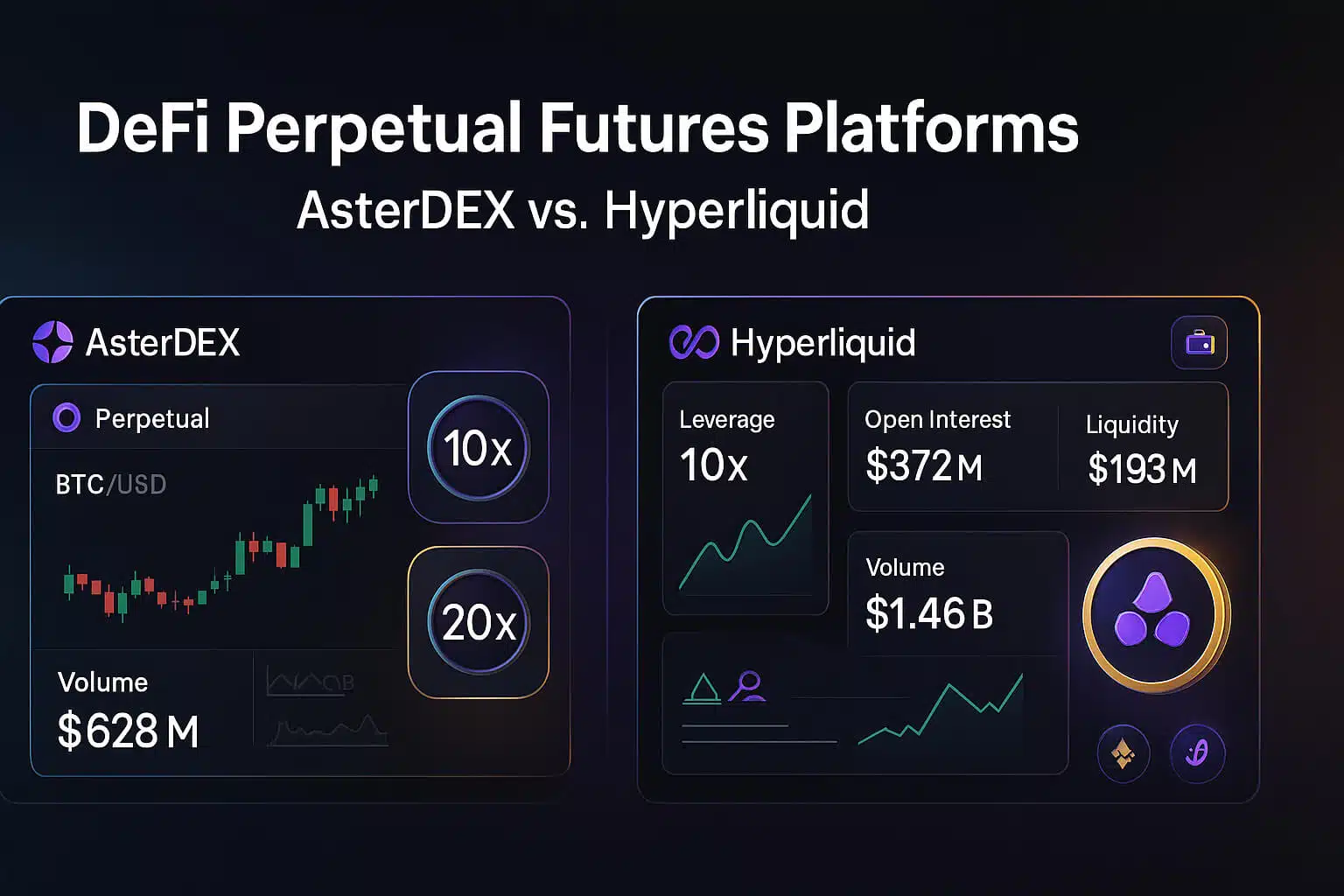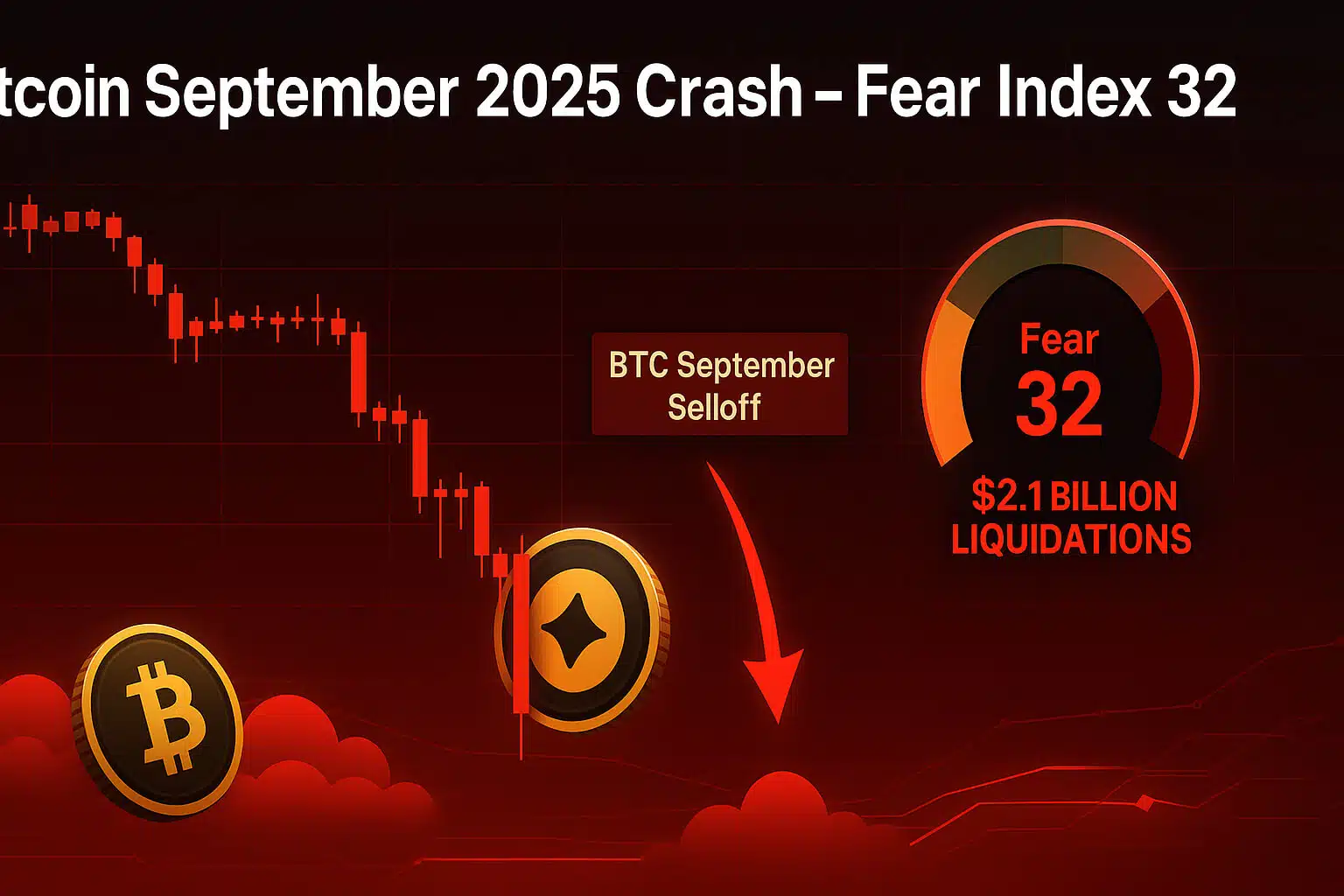1. The Need for Layered Blockchain Solutions
Blockchain technology has revolutionized the way we think about digital transactions, offering decentralized, transparent, and secure solutions. However, as blockchain adoption has grown, so too have the challenges, particularly around scalability and efficiency. To address these issues, the blockchain ecosystem has developed into multiple layers, specifically Layer 1 and Layer 2 solutions. Understanding the difference between these layers is crucial for anyone involved in the blockchain space, whether you’re a developer, investor, or simply curious about how blockchain works. In this article, we’ll explore the key differences between Layer 1 and Layer 2, and how they work together to improve blockchain performance.
2. What Is Layer 1 in Blockchain?
Definition of Layer 1
Layer 1 refers to the base layer or the foundational blockchain architecture. It is the core framework of the blockchain, where all the essential operations take place. Layer 1 blockchains include the main blockchain networks like Bitcoin, Ethereum, and Cardano. These blockchains are responsible for processing and validating transactions, maintaining consensus, and securing the network.
Key Characteristics of Layer 1 Blockchains
- Consensus Mechanism: Layer 1 blockchains implement consensus mechanisms like Proof of Work (PoW) or Proof of Stake (PoS) to validate transactions and maintain the security of the network.
- Decentralization: Layer 1 blockchains are typically decentralized, meaning they are not controlled by any single entity. Instead, they rely on a distributed network of nodes to operate.
- Security: Since Layer 1 blockchains form the foundation of the network, they prioritize security to protect against attacks and ensure the integrity of the blockchain.
- Scalability Challenges: One of the main limitations of Layer 1 blockchains is scalability. As more users and transactions are added to the network, the blockchain can become slower and more expensive to use.
Examples of Layer 1 Blockchains
- Bitcoin: The first and most well-known blockchain, Bitcoin operates on a Proof of Work consensus mechanism, which requires significant computational power to validate transactions.
- Ethereum: Ethereum, originally based on Proof of Work and now transitioning to Proof of Stake, is the leading platform for decentralized applications (dApps) and smart contracts.
- Cardano: A blockchain that uses the Ouroboros Proof of Stake consensus mechanism, Cardano focuses on sustainability, scalability, and security.
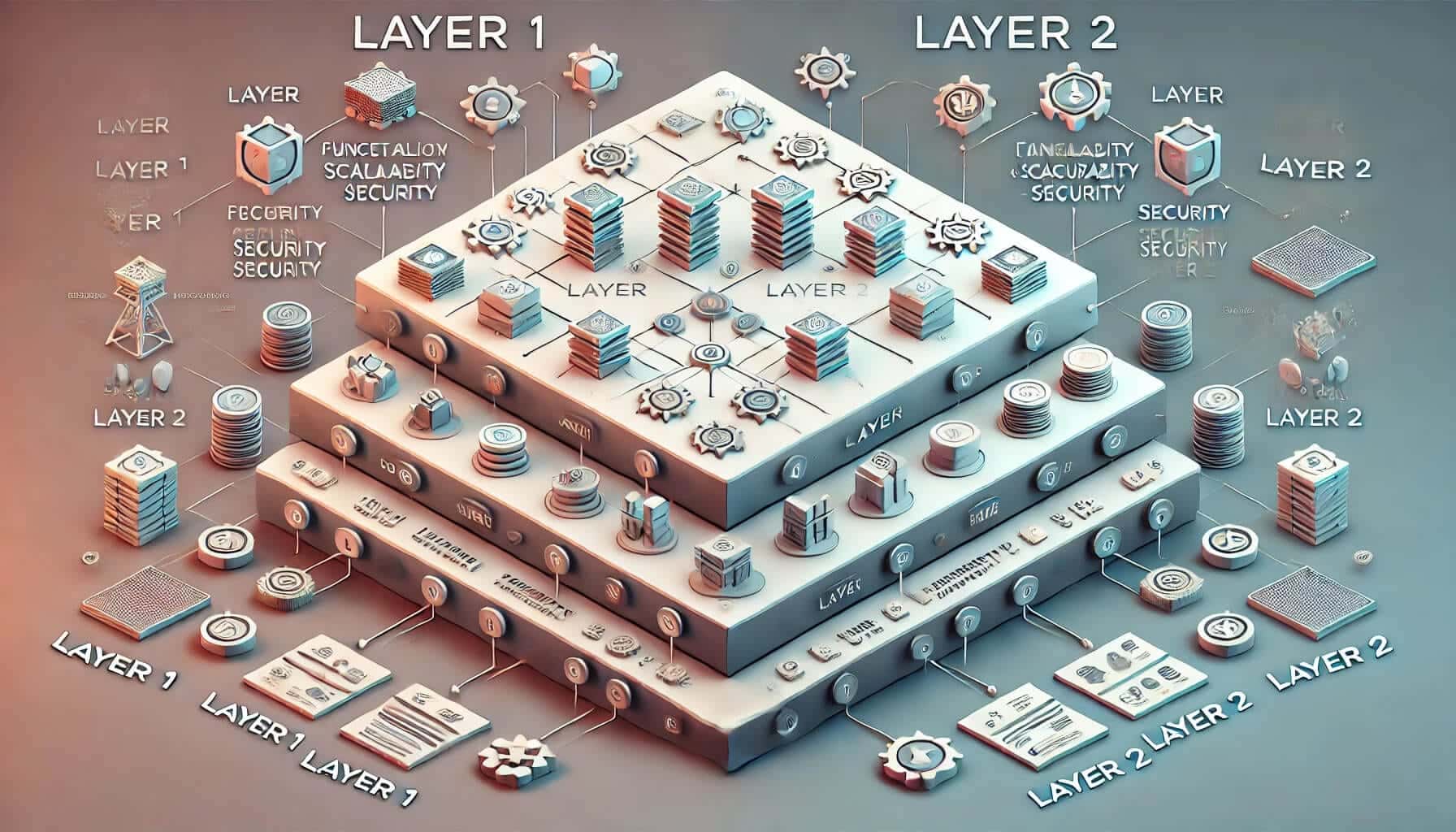
3. What Is Layer 2 in Blockchain?
Definition of Layer 2
Layer 2 refers to secondary protocols or frameworks that are built on top of Layer 1 blockchains. The primary purpose of Layer 2 solutions is to address the scalability issues of Layer 1 by offloading some of the transaction processing and data storage to a separate layer. Layer 2 solutions enhance the performance of the underlying blockchain without compromising its security or decentralization.
Key Characteristics of Layer 2 Solutions
- Scalability Enhancement: Layer 2 solutions significantly improve the scalability of blockchain networks by reducing the load on the Layer 1 blockchain. This allows for faster transactions and lower fees.
- Transaction Speed: By processing transactions off-chain or in batches, Layer 2 solutions can handle a higher volume of transactions per second (TPS) than Layer 1 blockchains.
- Cost Efficiency: Since Layer 2 reduces the need to record every transaction directly on the blockchain, transaction costs are typically lower, making the network more accessible to users.
- Security and Decentralization: Layer 2 solutions leverage the security and decentralization of the underlying Layer 1 blockchain, ensuring that the benefits of the base layer are retained.
Examples of Layer 2 Solutions
- Lightning Network (Bitcoin): The Lightning Network is a Layer 2 solution for Bitcoin that enables fast and cheap transactions by processing them off-chain. It uses payment channels to allow users to conduct multiple transactions without interacting with the main Bitcoin blockchain until the channels are closed.
- Polygon (Ethereum): Formerly known as Matic Network, Polygon is a Layer 2 scaling solution for Ethereum. It uses sidechains and a Proof of Stake consensus mechanism to process transactions more efficiently, reducing congestion and lowering fees on the Ethereum network.
- Optimistic Rollups (Ethereum): Optimistic Rollups are a Layer 2 solution for Ethereum that allows transactions to be processed off-chain and then batched together for submission to the Ethereum blockchain. This reduces the computational load on the network while maintaining security.
4. Key Differences Between Layer 1 and Layer 2
Functionality
- Layer 1: Serves as the base layer, responsible for maintaining the blockchain’s core functions, including transaction validation, consensus, and security.
- Layer 2: Acts as an additional layer that enhances the performance of Layer 1 by improving scalability, speed, and cost efficiency without altering the fundamental properties of the base blockchain.
Scalability
- Layer 1: Faces challenges in scalability as the network grows. High transaction volumes can lead to congestion, slow processing times, and higher fees.
- Layer 2: Provides solutions to scalability issues by offloading some of the transaction processing from Layer 1. This allows for more transactions to be processed quickly and at a lower cost.
Security
- Layer 1: Directly responsible for the security of the blockchain network. It uses robust consensus mechanisms to prevent attacks and ensure the integrity of the data.
- Layer 2: Relies on the security of the underlying Layer 1 blockchain. While it processes transactions off-chain, it ultimately settles them on the Layer 1 blockchain, inheriting its security features.
Use Cases
- Layer 1: Ideal for applications that require a high level of security, such as financial transactions, asset management, and decentralized governance.
- Layer 2: Best suited for applications that demand high throughput and low transaction costs, such as microtransactions, gaming, and decentralized finance (DeFi).
Special Offer
For an enhanced trading experience, consider Bybit. Sign up through our referral link to unlock exclusive rewards, including up to $30,000 in deposit bonuses, and elevate your trading journey.
5. How Layer 1 and Layer 2 Work Together
Complementary Roles
Layer 1 and Layer 2 are not competitors; rather, they complement each other in the blockchain ecosystem. Layer 1 provides the foundation of security, decentralization, and consensus, while Layer 2 builds on top of this foundation to enhance scalability and efficiency.
Enhancing User Experience
By working together, Layer 1 and Layer 2 solutions can significantly improve the user experience. Layer 1 ensures the security and integrity of the network, while Layer 2 enables faster, cheaper, and more scalable transactions. This combination is crucial for the widespread adoption of blockchain technology in various industries.
Future Developments
As blockchain technology continues to evolve, we can expect to see more innovative Layer 2 solutions being developed to address the limitations of Layer 1 blockchains. These advancements will likely lead to even greater scalability, security, and functionality, making blockchain more accessible and practical for mainstream use.
6. Conclusion
Layer 1 vs. Layer 2: A Unified Approach to Blockchain Scaling
The difference between Layer 1 and Layer 2 lies in their roles within the blockchain ecosystem. Layer 1 serves as the foundation, providing the essential elements of security, decentralization, and consensus. Layer 2, on the other hand, enhances the performance of Layer 1 by addressing scalability and efficiency challenges. Together, they create a more robust, scalable, and user-friendly blockchain experience. As the blockchain industry continues to grow, understanding the interplay between Layer 1 and Layer 2 will be essential for anyone looking to leverage this technology for innovation and growth.
For more insights and detailed guides on blockchain technology and cryptocurrency, visit our Cryptocurrency Comparisons Guides.
Stay Updated
For the latest insights on blockchain architecture, Layer 1, Layer 2 solutions, and other blockchain technologies, follow us on:
Stay informed with the latest strategies and developments in the cryptocurrency space at FreeCoins24.io.


